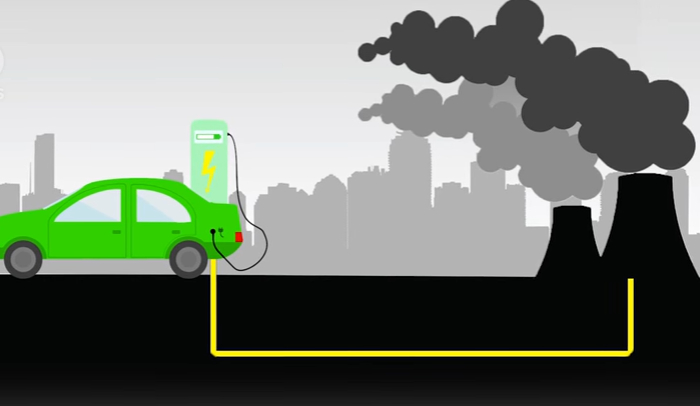Commercial vehicles, you will have seen them on the road almost every day, and they play a vital role in so many aspects of our life. A wide range of companies operate commercial vehicles, to make up a part of a supply chain or working as field service vehicles, covering industries such as construction, automotive, and electrical.
In some cases, the size of a commercial vehicle fleet can be in the hundreds, and this can pose many challenges to those responsible for looking after the fleet. Fleet managers have to balance a huge number of tasks each day, and these are only made more difficult when the number of vehicles in their fleet increases.
Over the years, technology has played a crucial role in helping fleet managers carry out their job. One specific piece of technology which has made a significant impact, particularly with larger fleets is vehicle tracking. There are several key benefits to installing vehicle tracking technology across a large commercial fleet, and below we are going to look at them in more detail.
1 – Customer service

Providing good service should be a priority for any business operating a commercial fleet. No matter if the commercial vehicles interact directly with individual customers, or make up part of a wider supply chain, timing information is crucial. Using vehicle tracking allows fleet managers to see the exact live location of all the vehicles in their fleet.
If we take delivery vehicles as an example, providing customers with information about when their delivery is going to arrive is expected in today’s society. Initially, this can be done once the delivery route has been planned. However, because the live location of the vehicles can easily be seen, if there is a delay at any point customers can be updated with a new delivery time. Keeping customers updated about when a vehicle will be arriving helps to improve the customer experience and can result in further business in the future.
2 – Operational efficiency

Ensuring operational efficiency with a large commercial vehicle relies on several factors. However, arguably the most important is route planning. With any commercial fleet, making sure the routes that drivers are taking to their destinations are as time-efficient as possible is vital. By using vehicle tracking technology, fleet managers have access to the historical journey data of their fleet.
Analysing this data can allow for more efficient routes to be planned by fleet managers, by looking back to see where problem areas have occurred in the past and avoiding them. For example, routes may have been used which took drivers along a popular motorway as that was expected to be the fastest and shortest. However, because of congestion at certain times of the day, a slightly longer route which had fewer motorists actually proved faster. Journey data will show this and allow for better route planning which leads to other improvements, such as increased deliveries in a day, for example, and better customer service.
3 – Driver safety

With commercial fleets of any size, but particularly large commercial fleets which may be using larger vehicles, driver safety needs to be a top priority. There are some key features with vehicle tracking which have a positive impact on driver safety. Firstly, by seeing the live location of a vehicle, if there was ever an accident involving that vehicle, the exact location could be provided to emergency services.
Secondly, some companies offer in-cab coaching systems which are fitted into the cabin of commercial vehicles. These systems provide drivers with instant audio and visual feedback on their driving. They are alerted to actions which could be dangerous, such as speeding and harsh corning, acceleration and braking. Another key feature of these in-cab systems can be the presence of an E-call (SOS) button which provides a fleet manager with an alert, and the exact GPS location of the vehicle should an emergency take place.
All of these features not only improve the safety of the commercial driver but also that of other road users. Considering the numbers and presence of commercial vehicles on the road, this is of vital importance.
4 – Environmental impact

In today’s world, the impact of fossil fuel powered vehicles on the environment is well known. For companies operating large commercial fleets, this can mean they are heavily contributing to CO2 and other harmful gasses being released into the atmosphere. Vehicle tracking can help reduce the environmental impact of commercial fleets in several ways.
As mentioned above, by planning more efficient routes, commercial vehicles can arrive at their destination faster. By spending less time on the road, a vehicle’s environmental impact is reduced.
Furthermore, the coaching systems which provide driver feedback can also help drivers operate their commercial vehicles more economically. By alerting drivers to actions which contribute to heavy fuel usage, such as engine idling and speeding, drivers can reduce the amount of fuel they use each day. Not only is this beneficial to the environment, but it can also help businesses save a significant amount of money on the cost of running their commercial fleet, as fuel costs can be very high for large fleets.
When information is needed about hundreds of vehicles which may be spread across a country at any one time, being able to use a system which provides you with the information quickly and efficiently is vital. Overall, for large commercial fleets utilising vehicle tracking technology can result in many tangible benefits for both the business and their clients.